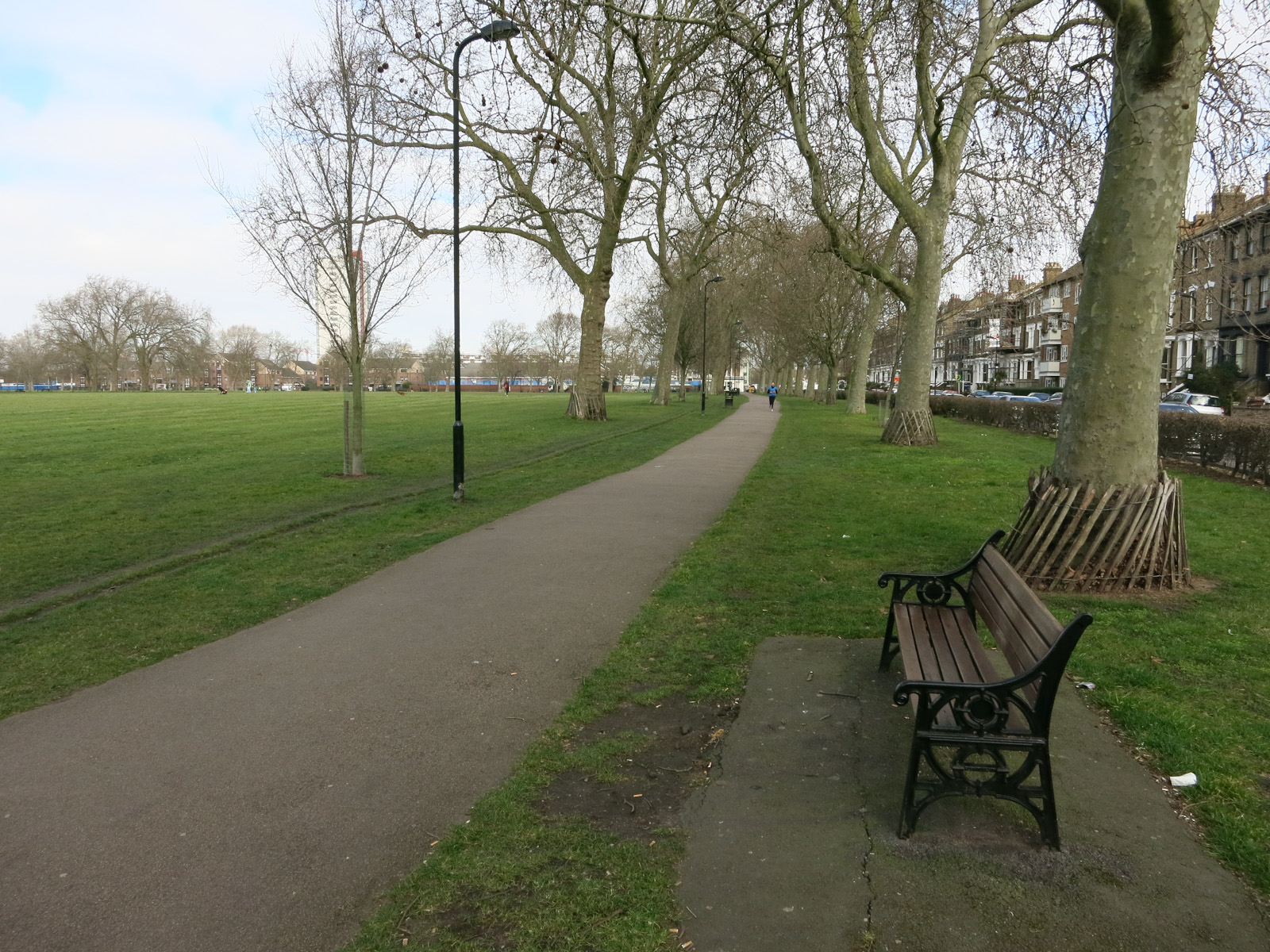
Hackney Downs
Nestled tightly in the patchwork of the east end neighbourhoods, this homely locale in Hackney sits between Lower Clapton to the east side and Shacklewell and Dalston to the west. This lands the area conveniently at the epicentre of the extensive London Overground network, with Clapton, Hackney Downs, and Rectory Road, all within walking distance. Liverpool Street is less than a 15-minute ride and trains leave four times every hour. The housing scene is made up of social and Victorian housing though the past few decades has seen the locale undergo piecemeal developments. Young professionals and creatives are fond of the area’s vibe. Lower Clapton road forms the main high street – home to places like the dimly lit’ wallpaper-less’, Bonneville Tavern, serving a French-inspired menu. St John at Hackney is a Grade II listed 18th-century church which transforms into “one of the coolest and most distinctive concert spaces in London.” Meanwhile, Hackney Downs boasts athletics tracks, tennis, and basketball courts, as well as free group exercise classes. Nightingale is the local primary school, and is rated ‘good’ by Ofsted.
This side of lower Clapton, like much of Hackney, has undergone a trial of history over the past century and a half. Development began around the 1860s when the Great Eastern Railway Company laid a track through the locale and the luscious gardens of the various landowners’ estates began to transform into the all too familiar rows of Victorian terraces. But the building frenzy became far too hot far too rapidly and the density of the development quickly became toxic, sending the area into dire conditions. Mired in gang warfare, street crime, and mostly poor employment opportunities, poverty was rife. During the interwar years and later in the fifties and sixties the council erected tower block after tower block, breaking up the homogenous pattern of terraced housing; but this too was done independent of any significant changes to the area’s economic opportunities and one by one, the estates each acquired some claim to notoriety. Regeneration programs at the turn of the century, along with better schools, have completely transformed the face of the locale into the quiet residential neighbourhood it is today.

This postcode can claim the honour of briefly being home to a man who, in 1774, discovered the gas: “dephlogisticated air”, or oxygen as it is now known. Joseph Priestley, a chemist, free thinker, and part of the English Dissenter protestant movement, resided at 113 Lower Clapton Road between 1792 and 1794. By this time, Priestley had already achieved his grand discovery around twenty years prior. Political friction caused by his status as an English Dissenter forced him to flee to America. Until the end of his life, Priestley would argue against his rival Antoine Lavoisier’s assertions that this new gas was the “active” principle in the atmosphere and, against the forthcoming “Chemical Revolution” which would develop into the roots of modern-day chemistry.
Pauline Pearce, dubbed the ‘Hackney Heroine’, rose to national fame in 2011 when a video of the grandmother chastising young rioters on Clarence Road went viral on YouTube. Pearce has since expressed her confusion in interviews at her rapid spread across national television for an argument she had started with a man about all the carnage that was ensuing around her. After appearing on numerous shows to explain her message Pearce has run for various positions within the Liberal Democrat party and is one of the party’s best ‘issue-raisers.’
Though the locale has a distinct and strong character, there are those who regard the area as prone to polarisation. Sweeping gentrification is clearly visible along the high street as the council has been eager to suppress the memory and legacy of the 2012 riots. This is, however, a more- or-less superficial reading of the neighbourhood’s tangible characteristics.
The £200 million-strong redevelopment of the Nightingale Estate, just north of Hackney Downs, has been anticipated since the 1990s but was recently completed. The development included 400 new homes built on a derelict former council estate. This will add to the council’s wider regeneration programme of delivering more than 750 new properties on the estate by the time the whole site is redeveloped. Nearby, the Quartet development on Castlewood Road is planned for completion in late 2022, and will provide public open space alongside 132 new homes.